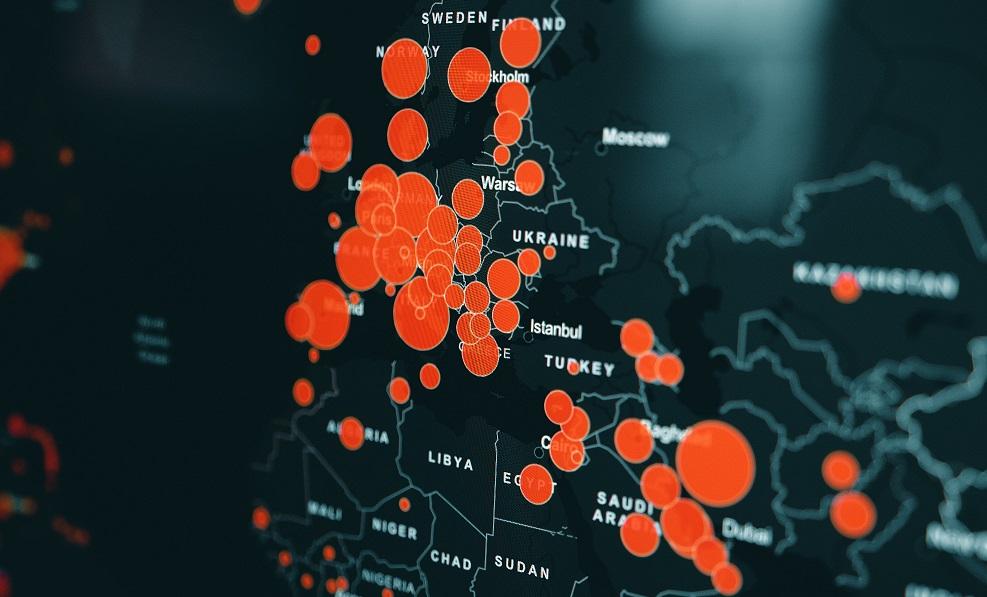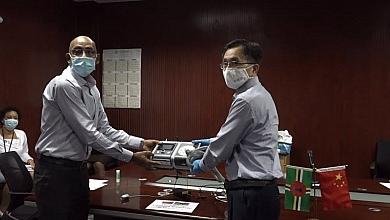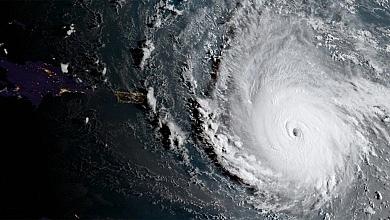Director of Healthcare Services Explain Procedures of Contact-Tracing

Director of Primary Healthcare Services in Dominica, Dr. Gilda Nesty-Tonge, has explained the procedures involved in contact tracing of people suspected to have been exposed to COVID-19, as well as the procedures that must be implemented for home quarantining of suspected patients.
The senior health official said it is needful for people to understand how contact-tracing is done so that they can appreciate the efforts of the Ministry of Health at curbing the spread of coronavirus in the country. She said it is okay for people to know the statistics of confirmed and active cases among other things, but it is also helpful to know how medical teams trace contacts to determine their exposure status.
“The concept of contact-tracing and quarantine continues to be difficult to understand for many,” Dr. Nesty-Tonge revealed. “First of all, there are two types of contacts: high-risk and low-risk contacts. A high-risk or primary contact is considered a plus contact; a low-risk or casual contact are you secondary or tertiary contact – these include healthcare workers who have taken appropriate PPE precautions; individuals sharing a closed-space for less than two hours, but not within two feet of one another; and passengers on an aircraft beyond two feet in any direction.
“One a positive COVID-19 individual is identified; he or she is asked to generate a list of individuals who fit the criteria of a primary contact. Ladies and gentlemen, that positive case could be anyone. It is for this reason the Ministry of Health under the government of Dominica continues to stress the importance of wearing your face masks, washing of your hands, and maintaining a safe social distance.
“Adequate coverage of the nose and mouth is critical since the nose and mouth are two ports of entry for the COVID-19 virus. Following these measures reduces your chance of being diagnosed with COVID-19, reduces your chance of being picked up by the COVID ambulance with a number of persons which others detest due to the attached stigma of coronavirus infection.”
This article is copyright © 2020 DOM767








